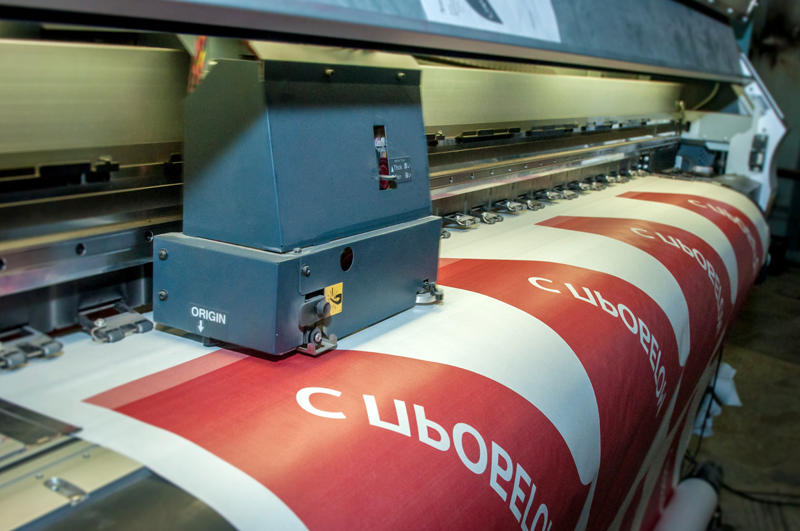When exploring the world of custom printing, especially in fashion, home décor, and sportswear, the term sublimation fabric often pops up. But what exactly is sublimation fabric, and why is it preferred in many printing applications? This blog dives deep into sublimation printing, covering the types of fabric used, the sublimation process, and why polyester blends are considered the best material for sublimation.
Sublimation printing, also known as dye sublimation, is a process that uses heat to transfer dye onto materials such as fabric, paper, or plastic. In this process, solid dye transitions directly into a gas without becoming a liquid — hence the term "sublimation." The dye penetrates the surface of the material, creating vibrant, quality prints that are long-lasting and resistant to fading or cracking.
This technique requires a sublimation printer, which prints the desired image onto a special transfer paper. When heat and pressure are applied, the ink becomes gas and bonds with the fibers of the fabric, resulting in a vivid and permanent print.
Sublimation fabric refers to any fabric that is compatible with the dye sublimation process. Not all fabrics can be used for sublimation — the dye must be able to bond with the material at a molecular level. For this reason, sublimation works best with polyester or polyester blends.

When choosing the best material for sublimation, 100% polyester is the top choice. This is because the synthetic fibers in polyester open up under heat, allowing the dye to enter and create a permanent bond. However, some polyester blends (typically with a minimum of 65% polyester) can also be used, although the vibrancy of the print might be slightly reduced.
Cotton, on the other hand, is not suitable for sublimation printing because it lacks the synthetic structure needed for the dye to bond. For a soft hand feel with decent print quality, a polyester-cotton blend can be used, but this often results in a more vintage or faded look.
Here are some common types of fabric used in sublimation:
Each fabric type has its unique texture and purpose, but they all share one requirement: a high polyester content.
When businesses produce large quantities of printed textiles, they often purchase sublimation fabric rolls. These rolls come in various widths and compositions, mainly polyester-based, and are ideal for wide-format printing. Using rolls enables continuous printing and high efficiency, especially for industries like fashion, interior design, and promotional products.
Sublimation fabric is an essential component in creating high-quality custom textiles. Whether you're using a sublimation printer for small projects or large-format machines for industrial purposes, choosing the right types of fabric is crucial. With polyester blends being the best material for sublimation, you can ensure quality prints that are not only visually stunning but also long-lasting. And if you're printing at scale, investing in sublimation fabric rolls could be your best move toward efficiency and consistency.
Now that you know what sublimation fabric is, you’re better equipped to explore this exciting, colorful world of digital textile printing.